For the 10th day of Christmas, feast your peepers on Dave’s trip to Moab:
Everyone’s heard of Moab – but is it really that good? Dave makes the pilgrimage to Utah to find out.
Words by Dave, pictures Dave, Adrian Marcoux and Marcus Riga.
“This is the most beautiful place on earth. There are many such places. Every man, every woman, carries in heart and mind the image of the ideal place, the right place, the one true home, known or unknown, actual or visionary… For myself, I’ll take Moab, Utah. I don’t mean the town itself, of course, but the country which surrounds it – the canyonlands. The slickrock desert. The red dust and the burnt cliffs and the lonely sky – all that which lies beyond the end of the roads.”
Edward Abbey, ‘Desert Solitaire’, 1968.
Mention the words ‘mountain bike mecca’ and I reckon Moab would feature pretty highly in most people’s replies. It’s the destination Hans Rey and Greg Herbold are heading for in their roof-racked and overloaded station wagon in mountain biking’s first ever feature film ‘Tread – The Movie’, from the mid ’90s. It’s one of those places that inhabits destination bucket lists thanks to its back-in-the-day notoriety, due largely to the legendary Slickrock Trail.
Now, I’m usually quite wary of hype, especially when it comes to riding destinations – not least because everywhere has something special going for it if you approach it with an open mind (case in point: I even found a good side to Burnley, with some pretty special urban riding). So when the opportunity to ride in Moab was offered, I was initially quite sceptical about just how good the riding could be. Sure, I’d heard the hype, I’d seen the films and sat through Chipps’ collection of stories from his two months spent living there, but could it really live up to those claims? Could it really be that special?
Holiday reading.
My first knowledge of Moab came not from the mountain bike world, but through a collection of writing by the author Edward Abbey. I’d found his book, ‘Desert Solitaire’, in an Irish independent hostel library during a three-week bike trip and over the course of navigating Ireland’s south-west coast, had absorbed his words about living in the desert. Based in a trailer in the then-remote Arches National Park, Abbey documented Moab and its surroundings when the town was a Wild West mix of ranchers, cowboys and uranium miners. A time when self-reliance, wilderness survival and handling a bar fight were essential skills for visiting the area.
A history of prospecting, especially for uranium, left a network of tracks and trails through the desert and its expanse of canyons, which allowed the early adventurers of the ’60s and ’70s to head out on multi-day jeep and motorbike trips to explore the vastness of red rock and sand surrounding the town. They created a network of trails that acted as an early destination and put Moab on the map before the arrival of the mountain bike. It’s seriously challenging terrain and even the jacked-up, roll-caged and balloon-tyred off-roaders of today find it challenging enough to bring them into town in droves.
The Slickrock Trail was originally developed for motocross bikes in 1969. Weighing in at just short of 13 miles it leads out and back over a series of petrified sand dunes, the Navajo Sandstone offering sandpaper-like traction to get riders up and down over the steep landscape. It’s the trail that put Moab on the mountain bike map, thanks to its technical difficulty and photogenic, off-camber, steep and seemingly smooth-surfaced red rock which lent itself to magazine cover shots and movies.
Moab as mountain bike destination went hand-in-hand with the promotion of the town as an outdoor paradise. When you head down the main street today there’s a plethora of outfitters offering every conceivable option and method to explore the desert and mesas that surround it. 4x4s to rent, rafting or kayak trips down the Colorado river, guided jeep tours: it’s all on offer. Likewise the town has enough trade to support three great bike shops: Rim Cyclery (the oldest), Poison Spider and Chile Pepper Bike Shop. There are also so many shuttle companies that you’ll only struggle to find space if you try to do it during peak season without booking. Not bad for a town with a population of just 5,000 people.
With its iconic status, and trails that have entered into the collective mountain bike consciousness, it would be easy for the town to have rested on its laurels; for it to sit back and watch the tourist dollars roll in. But the town is also home to a community of riders and trail builders who want to expand the options available and keep the trail network varied and challenging at all levels. In the last ten years there’s been an investment of time and money in developing both the area and the riding it has to offer.
Starter for M.
I arrive in Moab early on a March morning. With the sun just rising there’s a chill to the air which hints at the elevation – this desert town sits at 4,000ft. The town sits in a valley alongside the Colorado River and is surrounded on all sides by red-rock mesas and canyons, with the snow-capped La Sal mountains in the distance. The immediate feel of the town is that it has an outdoor vibe – on-street bike parking, cool little diners spread between the hotels and outfitters stores, every vehicle seems to have a bike rack. As first impressions go it’s all positive.
The first day’s riding takes us out to the Bar M trailhead north of town to ride the new cross-country network of trails: the Moab Brands Mountain Bike Area. The motto here is “Don’t bust the crust” – the cryptogamic soil, a thin crust of algae, bacteria, mosses and lichen that hold the soil in place. It’s fragile and easily damaged by tyres, so trails are built to avoid it. A series of loops of singletrack with gentle climbs and drops offer accessible riding for families and an opportunity to dispel the long-haul stiffness from new arrivals’ legs.
These are very much flow trails and the descent back into town drops into the first of many picturesque mini-canyons, before linking up to a bike path that allows us to ride back into town without mixing with the traffic. The bike path and associated Colorado River Bridge are signs that the county legislature has recognised the importance of two-wheeled tourism to the area, investing some serious dollars into linking the town and riding areas.
Day two offers the chance to ride Moab’s newest trail. Captain Ahab is the first Bureau of Land Management (a government agency) approved and sanctioned advanced trail, and is the brainchild of Tyson Swasey, a mechanic at the Poison Spider bike shop. Working with Moab Trail Mix, a mountain bike advocacy and trail-building organisation, the proposed trail was successfully negotiated through the necessary levels of bureaucracy to gain approval. Nearly 300 hours of volunteer time later, and a fair bit of rock winching and moving, Captain Ahab opened for business in March 2013. If anything sums up the current trend in Moab, it’s probably this trail, which came about through the combination of foresight, advocacy and cooperative government land management which is planning and developing further riding opportunities around the town.
And what a trail it is. Climbing into the Amasa Back trail system on established jeep and foot trails, the route takes in views over areas of historical potash mining, distant plateaus and the Colorado River far below. The route is defined by white dashes painted onto the sandstone until you reach the start of the signage for Captain Ahab. What follows is 1,000ft of descent on a rolling technical trail, with sections that offer up exposure and drops into the canyon below while distracting you with gobsmacking views. Look at the trail or look at the view? It’s a dilemma. This is a trail you’ll need to ride more than once to get it out of your system.
Old school.
After two days of new trails it seems only right to get a taste for the traditional. So bikes go on the shuttle and we head out past Slickrock and into the mountains behind, where Sand Flats Recreation Area is home to the start of the Porcupine Rim Trail.
Porcupine Rim Trail is the real classic of Moab. In summer it offers up what’s known as ‘The Whole Enchilada’: a shuttled run that takes you up into the La Sal mountains to give a 7,000ft descent stretched over 35 miles, which must qualify for ‘epic’ in anyone’s book. The route is the culmination of work with the Forest Service and gives riders the chance to start their ride at 11,200ft in alpine terrain and drop through vegetation zones all the way down to the desert floor. It’s a masterpiece of varied riding, with a mix of singletrack and more traditional jeep trails in the mid-section. I’m gutted to find that late season snow has closed down the upper reaches of the trail when we’re there.
The consolation is that we still get 20-odd miles and 4,000ft of descent from a lower drop-off point. The trail starts through stunted Ponderosa pine, before hugging the edge of a wide canyon, Castle Valley, that looks out over a classic John Wayne cowboy film landscape. It’s a rocky trail with plenty of drops that flows along the escarpment edge, before heading down a jeep trail that batters bike and rider alike. It’s another photogenically distracting trail that’ll see us repeating it more than once.
Just when you think it’s all over and the trail has widened, it heads into its finale. Passing through a gate, the trail narrows back down to singletrack and hugs the wall of a side canyon, offering exposure and technical sections right to the end. From the Colorado River trailhead it drops into a pleasant, 15-minute ride back into town along another cycleway.
To the south of town is the Pipe Dream Trail network, another new area of built trails but this time readily available just ten minutes pedal from town. Tight, twisty and pedal-clippingly rocky in places, it’s a fun spot for a quick spin or as a tasty little return into town from the Hidden Valley area. After a four-hour ride up into the backcountry of the Hidden Valley, I skip the ‘No Dab Challenge’ pretty early on and just enjoy the swooping singletrack hugging the bottom of the rockface as I head back into town.
Mind the gap.
Having ridden one classic it only seems right we taste another, so we shuttle out to the Mag Seven area north of town for a bit of an adventure. We’re aiming to link up this new network of trails with the Portal Trail, infamous for the fact that three people have died on its massively exposed singletrack, and it’s a big day out.
Starting on singletrack that gently undulates back in the general direction of town, the trail squeezes a decent amount of climbing into its 26-mile length. Early flowing singletrack gives way to slickrock climbing as we head onto jeep tracks at the midway point, climbing and dropping repeatedly. There are clues to the extreme nature of the jeep track too, as the rock on the drops and steep up sections is gouged by sumps and stained with rubber and oil. Topping out for the third time to the escarpment edge, we spot the blue spots of a now closed trail. Once it headed out along the edge, but to reduce disturbance to breeding raptors and bighorn sheep the trail now drops away from the cliff edge again.
“Plan to hike through a few spots. Ride what you safely can…”, is the written guide’s description of the Portal trail. It’s fair to say that nothing will prepare you for the exposure on the cliffside singletrack. There’s no safety run-out, no trees to grab, just a 200ft drop to the valley floor below. There’s a pretty inevitable penalty for failure. One clipped pedal and it would be over. But the section is a short one and we’re rewarded with a full-on technical descent back down to the river. A few miles of pretty empty-legged pedalling and we’re back in town, inhaling dirtbag quesadillas from a roadside mobile cafe.
That night over Mexican food and margaritas, Don from Western Spirit, one of Moab’s backcountry bike guiding companies, fills us in on plans to reopen sections of the blue dot trail, and explains how negotiations are underway to minimise impact to rare species while accommodating new sections of trail. There’s a whole new network in gestation, with plans to develop the area north of town between Porcupine Rim and the interstate – a trail system that will take in the clifftops opposite the Portal.
There’s a community of trail builders and volunteers here that have seen the possibility of an ever-widening network of trails to expand on Moab’s legendary status, bringing new trails to complement the classics. I was a sceptic when I headed out to the desert, but I’m already planning a return. If Moab is a mountain bike mecca, shouldn’t everyone plan a pilgrimage sometime?
Thanks to SRAM for the invitation to ride Moab, Western Spirit, westernspirit.com and Don for hospitality, and Marco Toniolo for route navigation and ripping my legs off daily.
Comments (1)
Leave Reply
Post Comment

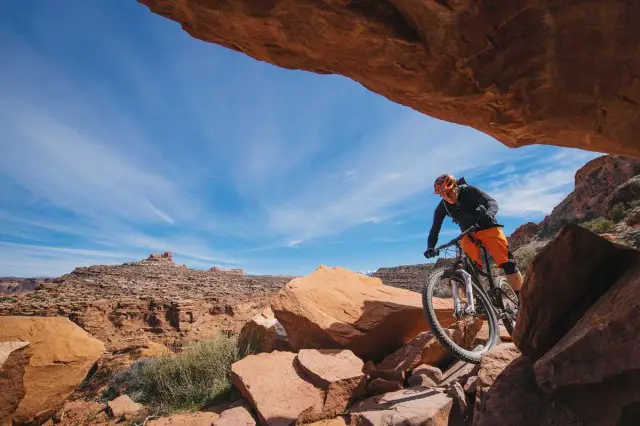
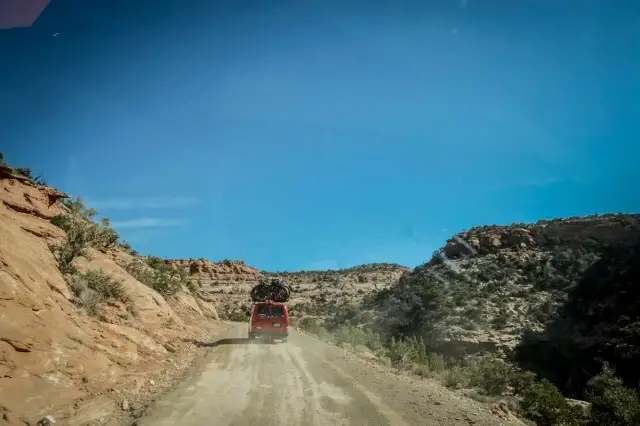
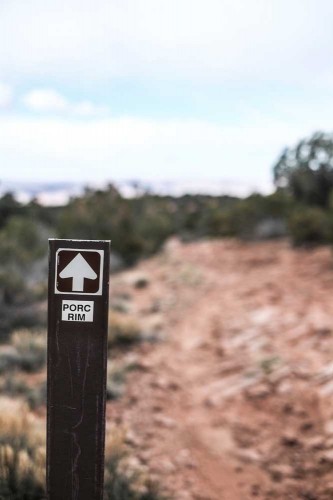
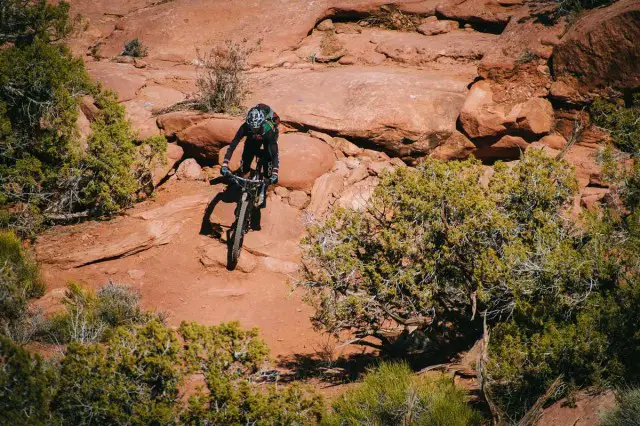
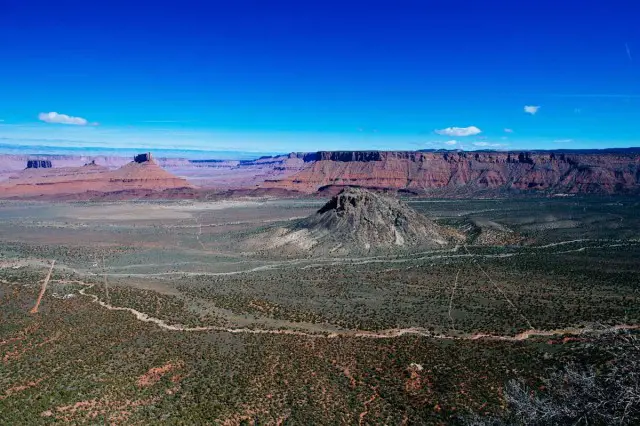
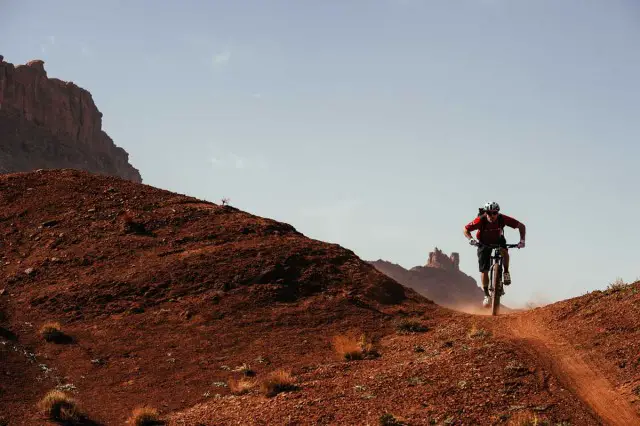
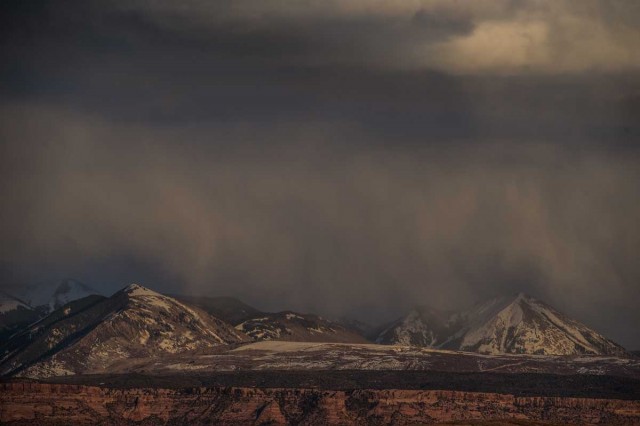
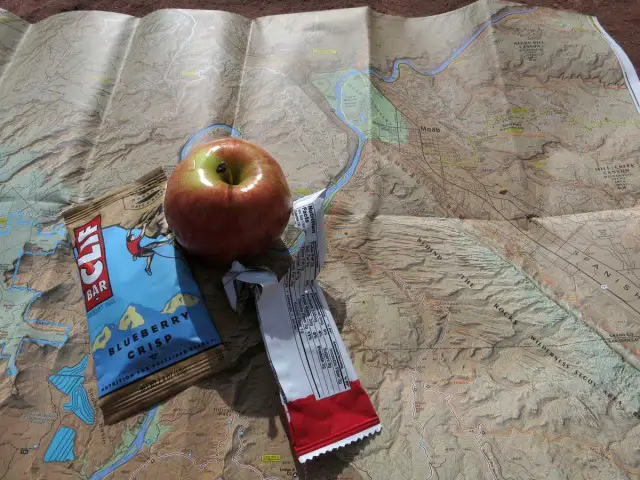
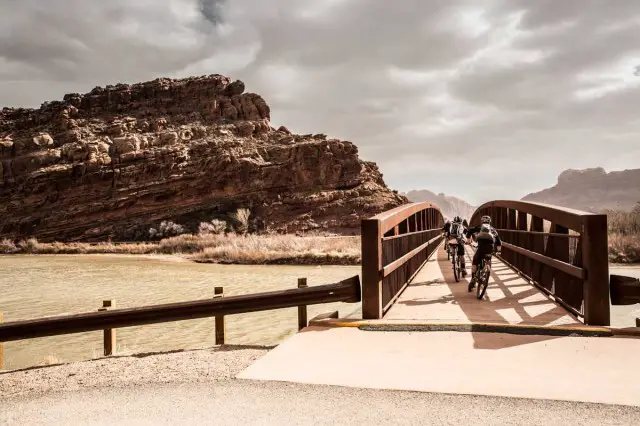
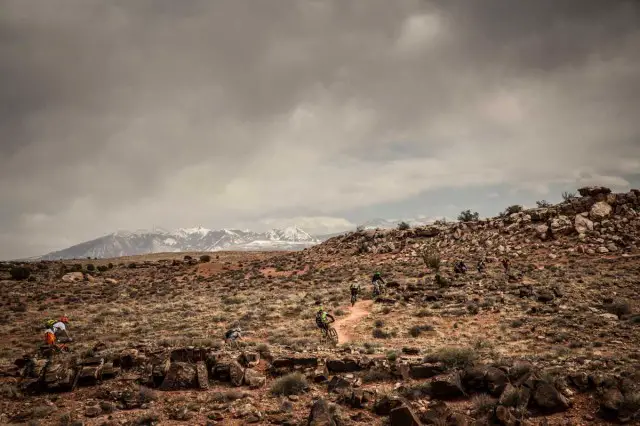
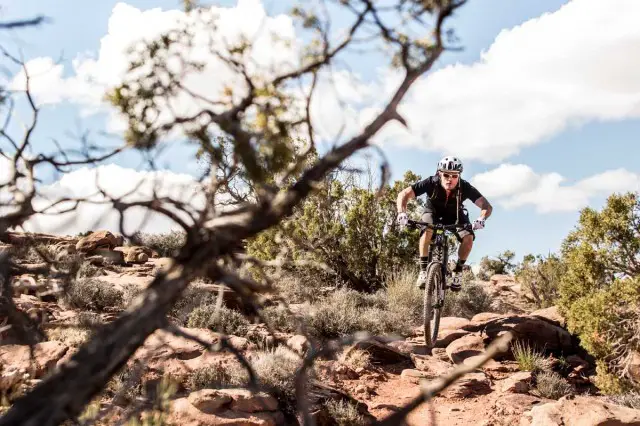
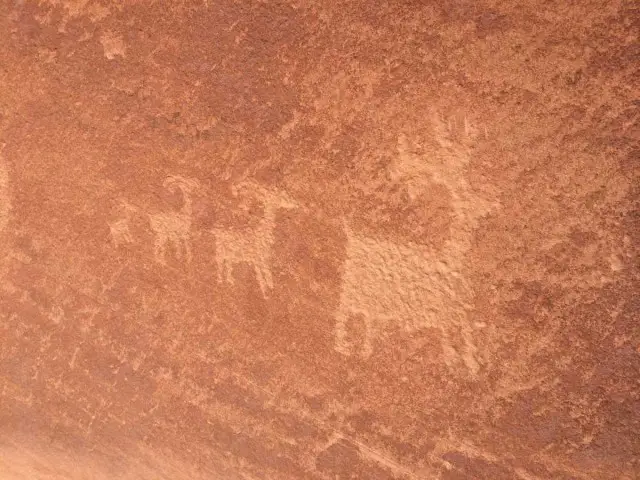
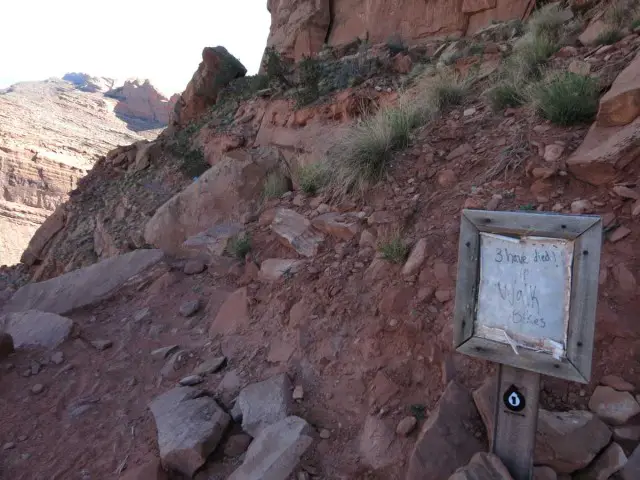
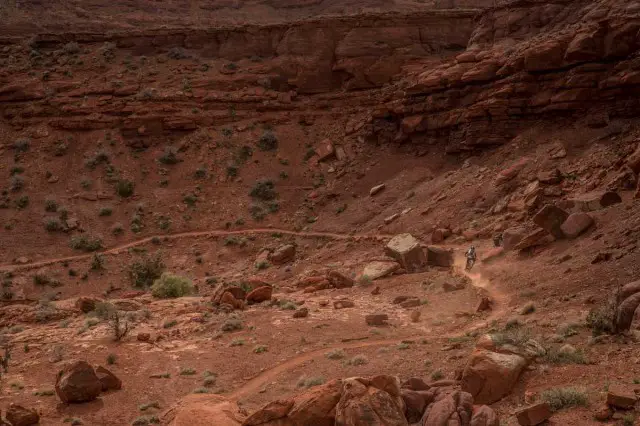
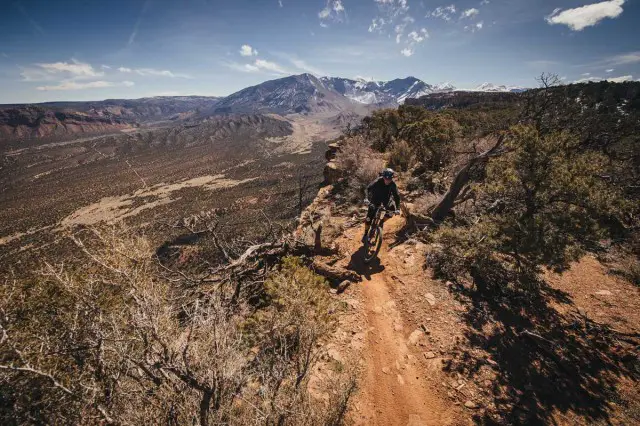
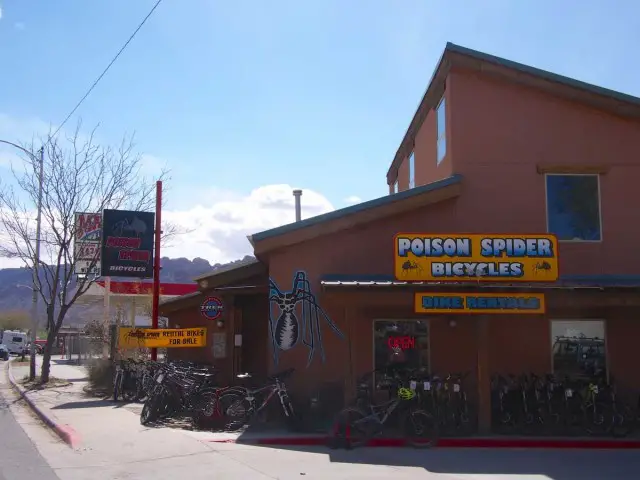
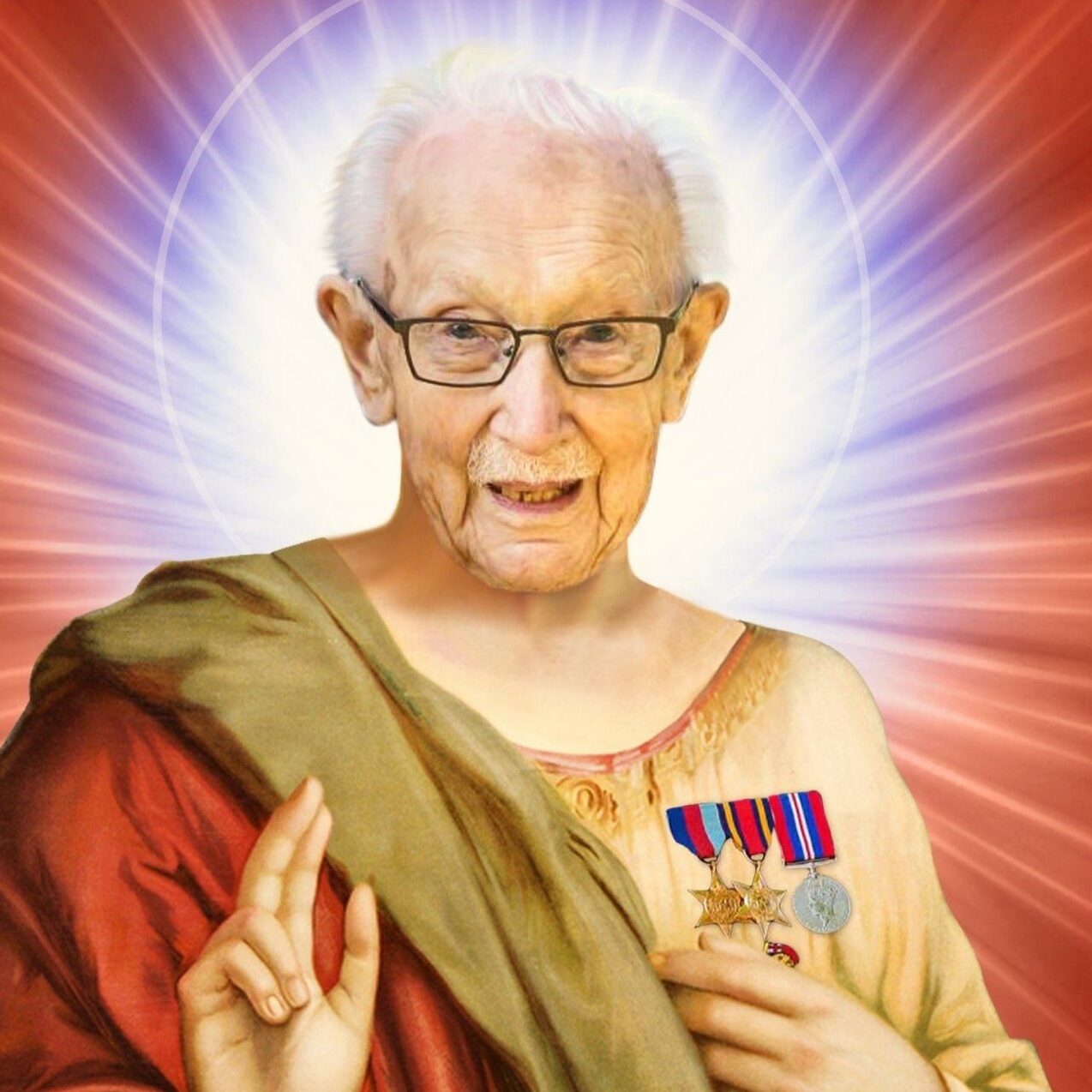
Great article, thanks. Brings back happy memories of the last 2 Autumns spent there. I have photos from pretty much all of the same places and cant wait to get back. My tip – visit when the Outerbike festival is on. $120 for a ticket gets you all the demos you want for 3 days, plus a few beers, t shirts, food etc.